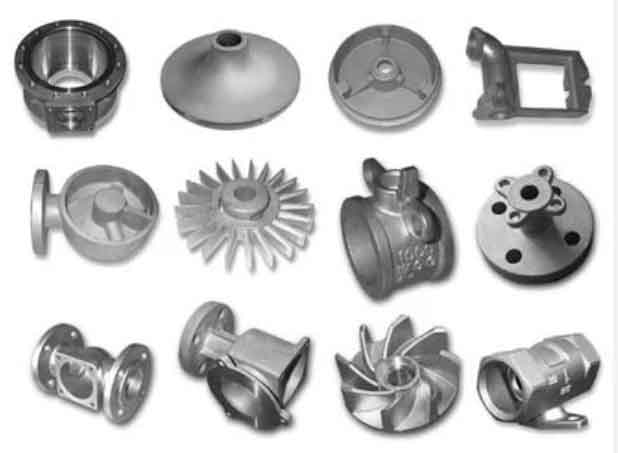
Ductile iron casting, also known as nodular or spheroidal graphite iron, is renowned for its exceptional strength, ductility, and resilience, making it well-suited to endure in demanding environments. Here are some key factors that contribute to the endurance of ductile iron casting:
- High Tensile Strength: Ductile iron has higher tensile strength compared to grey iron, providing it with greater resistance to tensile forces and external loads. This makes it suitable for applications where components need to withstand high stresses and heavy loads.
- Ductility and Toughness: The presence of spheroidal graphite nodules in the microstructure of ductile iron imparts excellent ductility and toughness. It can absorb and dissipate energy, which helps in preventing sudden brittle failures and enables the casting to deform without breaking under stress.
- Resistance to Cracking: Ductile iron has superior crack resistance compared to other cast iron types, thanks to its unique microstructure. The rounded graphite nodules act as stress concentrators, which help arrest the propagation of cracks, making it less susceptible to fracture.
- Impact Resistance: The ductile nature of the graphite nodules makes ductile iron highly resistant to impact loads. This property is crucial for components subjected to dynamic loading conditions, such as in automotive parts and heavy machinery.
- Corrosion Resistance: Ductile iron can exhibit excellent corrosion resistance when properly alloyed and treated. It can withstand harsh environmental conditions, including exposure to moisture and chemicals, making it suitable for applications in water and wastewater systems.
- Temperature Stability: Ductile iron maintains its mechanical properties over a wide range of temperatures, making it suitable for applications that involve both high and low-temperature environments.
- Wear Resistance: Ductile iron can be alloyed with elements like chromium, molybdenum, and nickel to improve its wear resistance, making it suitable for components subject to abrasive wear, such as in mining and agricultural equipment.
- Cost-Effectiveness: Ductile iron casting offers a cost-effective alternative to materials like steel and aluminum while providing comparable or even superior mechanical properties. Its ease of casting and machinability also contribute to its cost-effectiveness.
- Versatility in Casting: Ductile iron can be cast using various methods, including sand casting, investment casting, and die casting, allowing for the production of complex and intricate shapes with precision.
The combination of high strength, ductility, and excellent mechanical properties allows ductile iron casting to endure in demanding environments, making it a preferred material choice for critical components in various industries. Continuous research and advancements in metallurgy and casting techniques further enhance the endurance and versatility of ductile iron casting in modern engineering applications.
